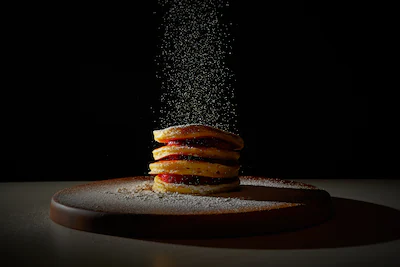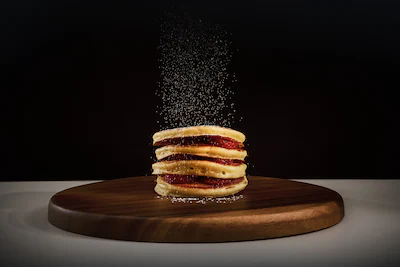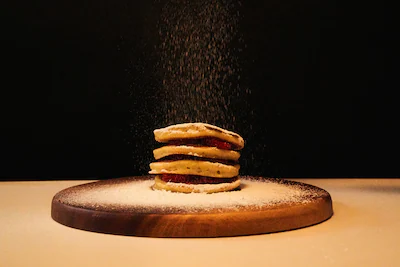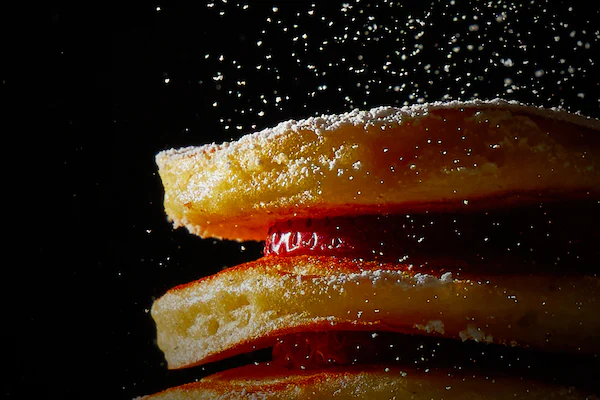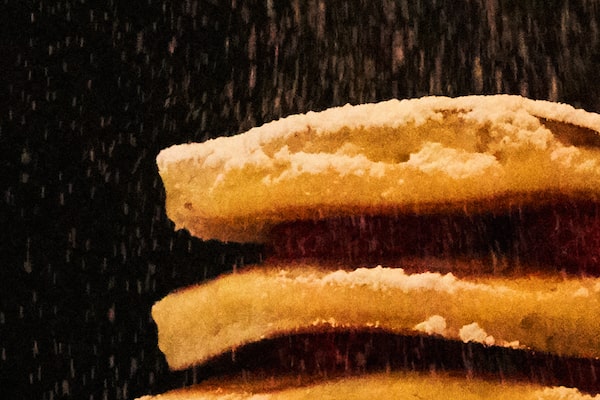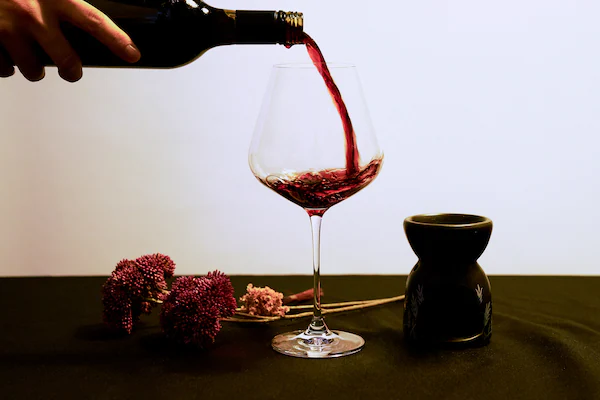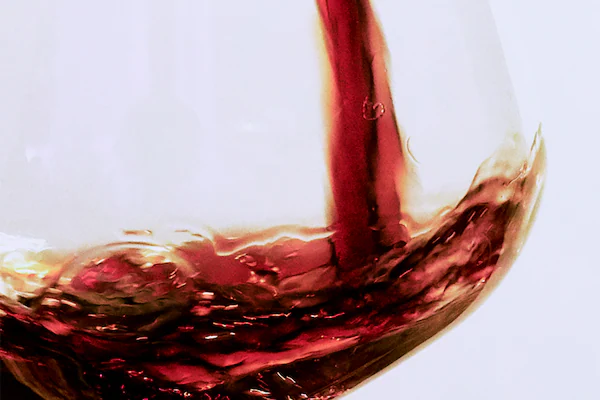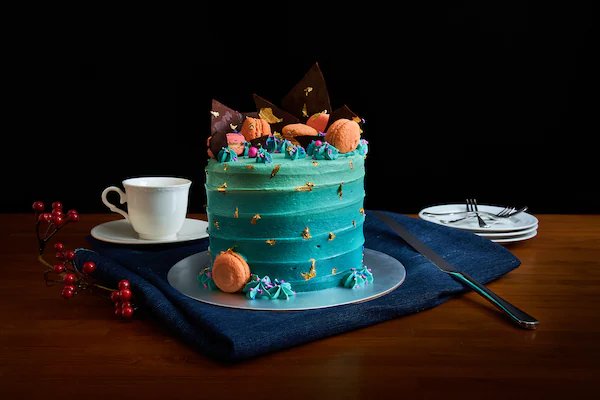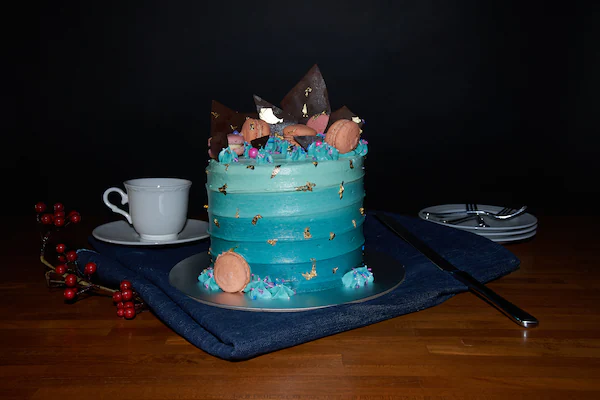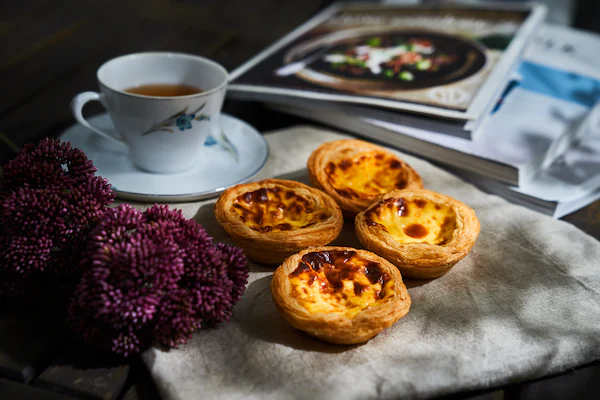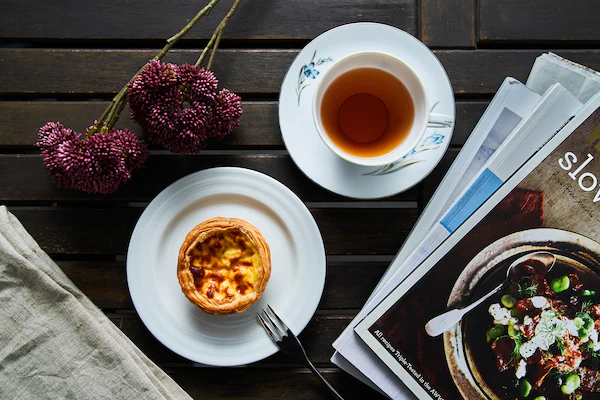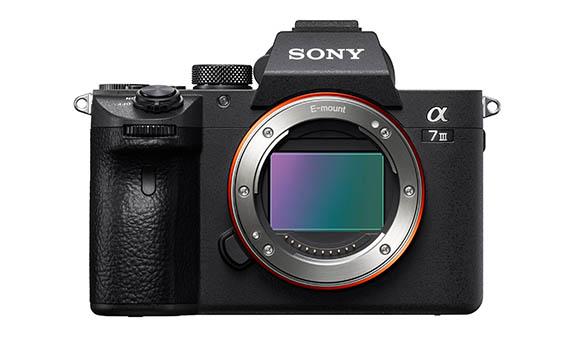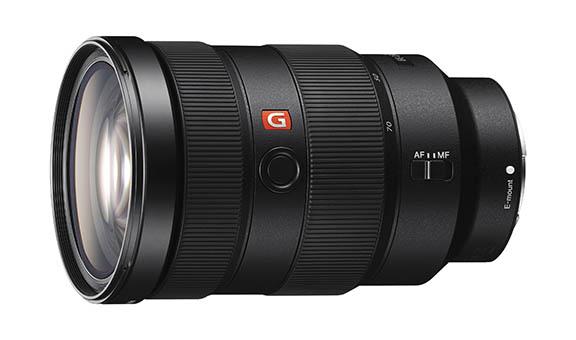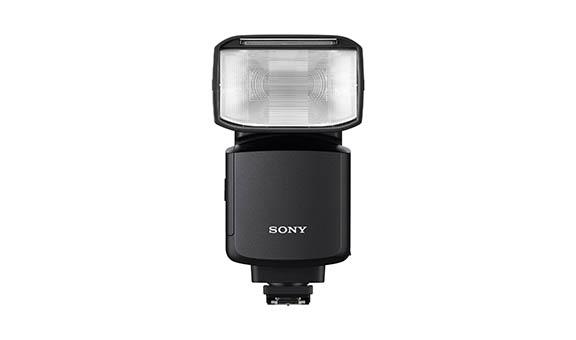Why Flash? For better food photography.
We’re in a time when food presentation is tantamount to its taste. So I don’t blame people for snapping a quick photo before tucking in. Whether if it’s for social media postings or a client, using a flash can instantly turn this afternoon’s meal into a work of art.
And where else better to start than with Sony’s flashes that work perfectly with your Alpha camera?
And where else better to start than with Sony’s flashes that work perfectly with your Alpha camera?
I like using Sony’s HVL-F60RM flash because of its unique Quick Shift Bounce feature. It boasts a flash head rotating mechanism that tilts to horizontal and vertical flash positions (90° left and right, 150° up / 8° down). This way, you gain better control of the light, from toggling the softness of the image to bringing out the food’s textures and shapes with shadows.
For food styling in action, using more than one flash is quite essential. The HVL-F60RM radio trigger function makes delivery of multiple flashes go smoothly. You’ll be able to capture a splash of wine or falling sugar crystals in mid-air. Furthermore, the buttons on the flash are customisable, allowing you to pre-program functions for an easy shoot.
Check out the video below to see how I ‘play’ with my food. Do scroll on after watching the video! I’ll be showing more how-to’s for using flash in food photography.
Read on to glean my step-by-step guide to nail each photo as shown in the video.
Freeze delicious moments
The ambient lighting of the shoot location venue may affect the outcome of your shot. In this case, tungsten lighting has cast an unflattering yellow on the pancakes. Using a flash will help to colour correct the shot. You can also achieve a different style of lighting with more than one flash.
With a flash, you can capture the motion of each sugar crystal in mid-air. In this close-up view, notice how each sugar crystal particle is frozen in place with all the crisp details intact.
Shot with:
HVL-F60RM flash | FA-WRC1M wireless radio commander | Alpha 7 III (on-camera flash with tripod) | FE 24-70mm F2.8 GM
59 mm | 1/160 sec | F/9 | ISO 100
Set up
• 2 x flashes
• 1 x A4 white card as a reflector
• Position one flash behind pancakes, aiming at the area of the falling sugar using the its unique Quick Shift Bounce feature. You should yield a clear shot of the pancakes and falling sugar crystals frozen in mid-air.
• To illuminate the entire pancake stack, whip out a second flash and use its Quick Shift Bounce feature to aim it at a white card to bounce light on the pancakes.
• Employ multi-flash mode to fire off camera and the two flashes simultaneously.
Pro Tip: With the flash’s fast recycling time capability, switch the camera to high continuous speed mode to fire off many shots to capture the falling sugar in action.
While wine is the main focus of the shot, using a flash also highlights the table elements of flowers and the tea light burner.
The dramatic motion of liquids is frozen with the use of a flash.
Shot with:
HVL-F60RM flash | Alpha 7 III (on-camera flash with tripod) | FE 24-70mm F2.8 GM
53 mm | 1/125 sec | F/5.6 | ISO 100
Set up
• 1 x flash
• 2 x white boards as reflectors
• Aim the flash with Sony’s Quick Shift Bounce feature at one white board, positioned on the right of the wine glass.
• Using the on-camera flash, aim the light at the second white board, positioned on the left of the wine glass.
Pro Tip: When pouring liquid, try to angle the reflector such that the light falls onto the liquid’s edge.
Make food colours pop
Ambient lighting has altered the beautiful azure of this cake for the worse -- colour correct this by using a flash to make its decorations and colours pop.
Shot with:
HVL-F60RM flash | Alpha 7 III (on-camera flash with tripod) | FE 24-70mm F2.8 GM
39 mm | 1/50 sec | F/11 | ISO 200
Set up
• 1 x flash
• With the flash’s unique Quick Shift Bounce feature, aim flash at wall to bounce the light on the cake. You can use a sheet of white paper to help angle the lighting.
• There was sunlight streaming in from the left. To factor in some of this ambient lighting, slow down the shutter speed to 1/50.
Pro Tip: Shutter speed controls how much ambient lighting goes into your sensor, whereas the aperture setting determines how much flash output goes into the sensor. Finding a balance can incorporate both ambient lighting and flash in shots.
The egg tarts display more texture, depth and beautiful contrast when light is bounced through a patterned texture.
Shot with:
HVL-F60RM flash | Alpha 7 III (on-camera flash with tripod) | FE 24-70mm F2.8 GM
56 mm | 1/125 sec | F/4 | ISO 100
Set up
• 2 x flashes (one mounted on camera with tripod, the other mounted on light stand)
• A material with patterned cut-outs such as curtains or lace.
• With the flash’s unique Quick Shift Bounce feature, aim light through the material at a distance. Don’t place flash too close or too far away from the material.
• Set the flash mounted on the camera on commander mode, while the flash mounted on the light stand on receiver mode.
• Fire off camera and flashes simultaneously.
Pro Tip: Use coloured plastic bags or coloured cellophane paper and fire the flash through them to set different moods.
Remove undesirable shadows when shooting flatlays
Capturing a flat lay with only ceiling lights as the light source will cast unflattering shadows. Rectify this with a flash to achieve vibrant colours and eliminate pesky shadows in the way.
Shot with:
HVL-F60RM flash | Alpha 7 III (on-camera flash handheld) | FE 24-70mm F2.8 GM
33 mm | 1/100 sec | F/4 | ISO 100
Set up
• 1 x flash
• With the flash’s unique Quick Shift Bounce feature, aim flash to a wall to bounce light on the subject. This re-creates a sun-lit setting
Pro Tip: Bouncing the light off a large, white surface gives soft lighting to your subject. You can even bounce light off walls in a warm tone for a surprise effect.
Have I gotten you licking the screen? It’s now your turn to make food pictures as mouth-watering as they are in person. Don’t forget to try out using Sony’s flashes with your Alpha camera for product and portrait photography too!
